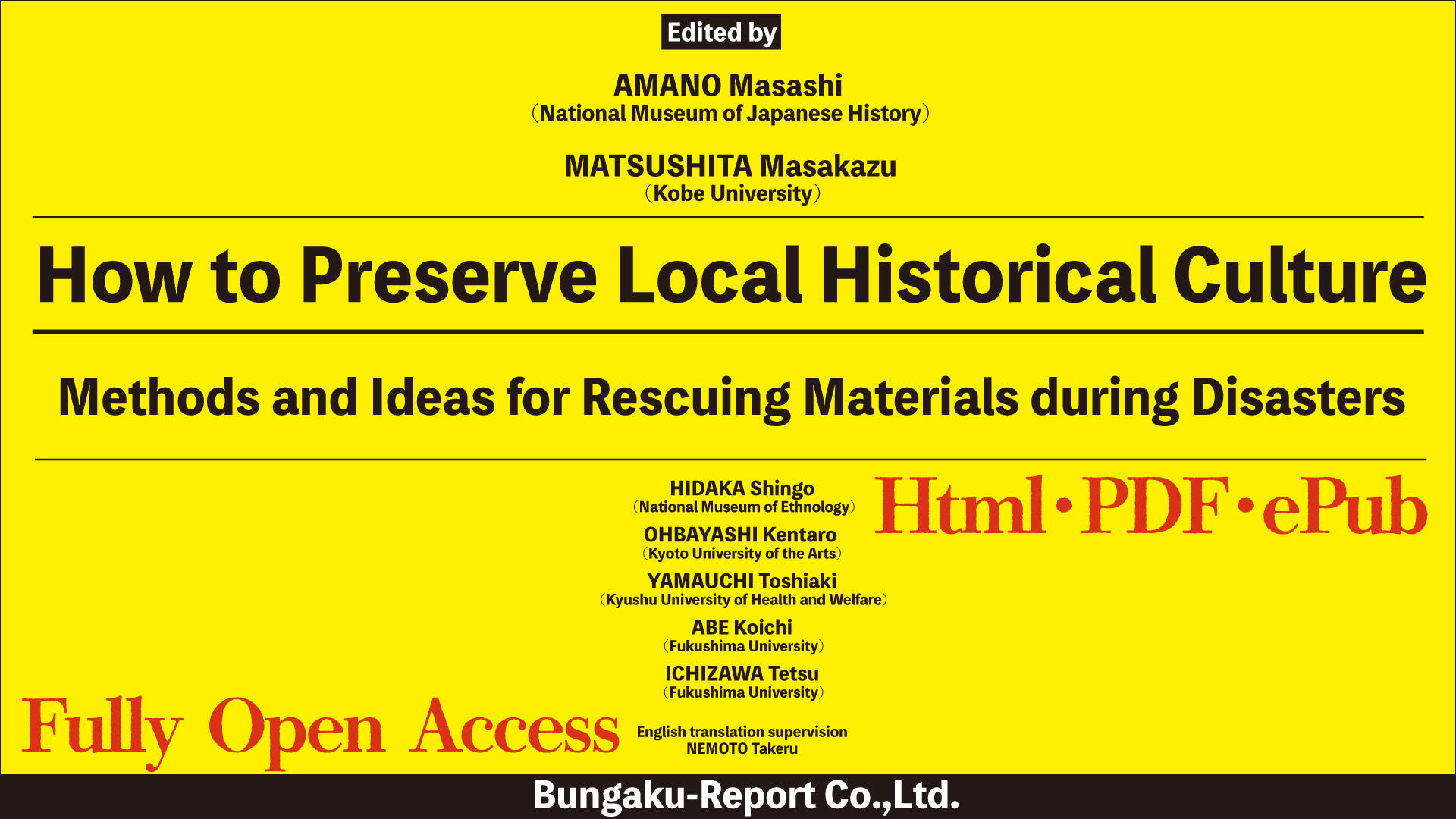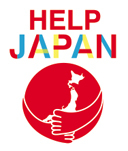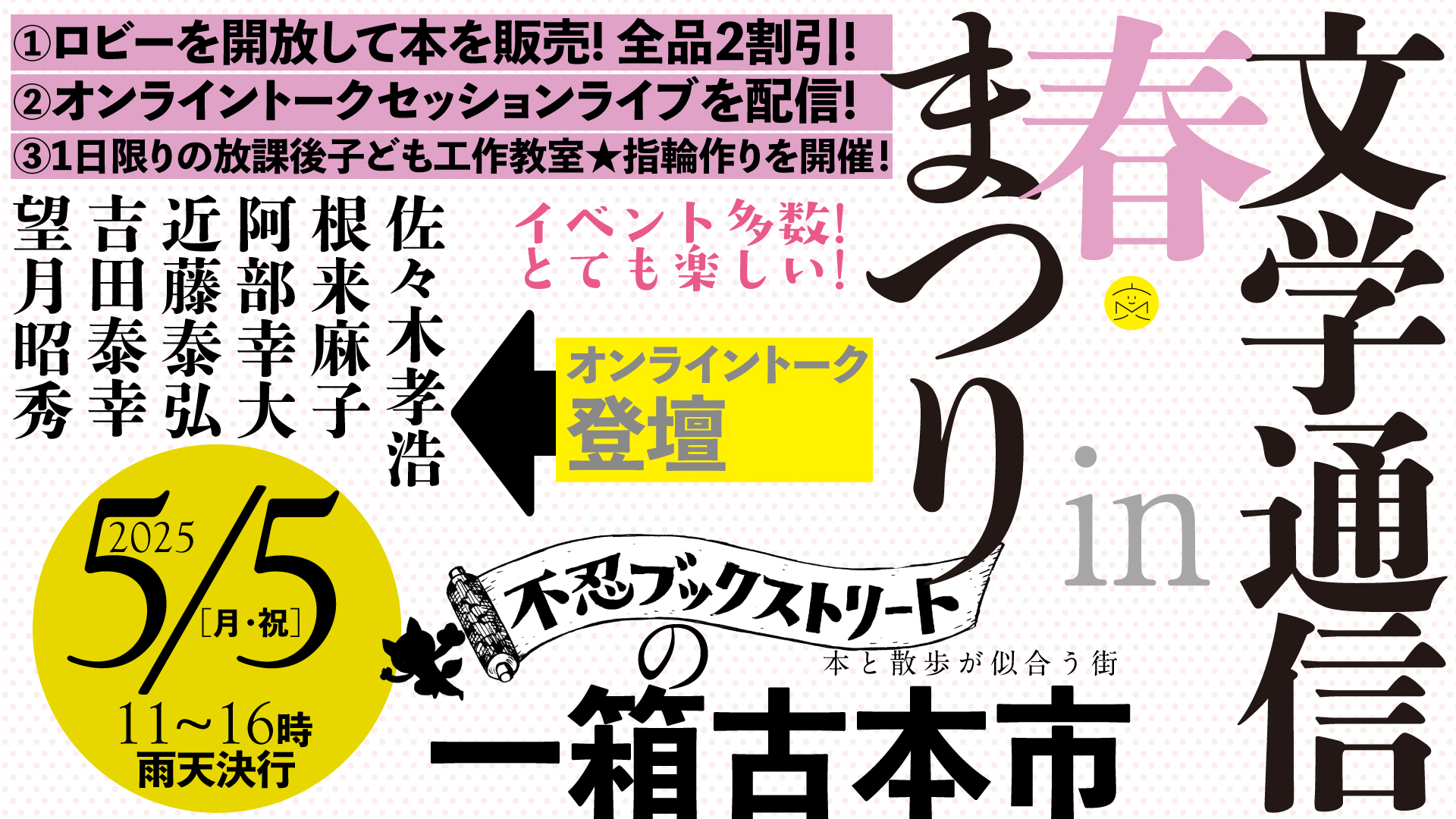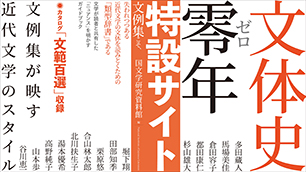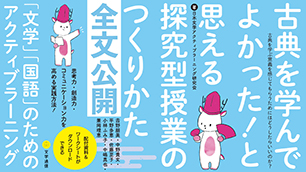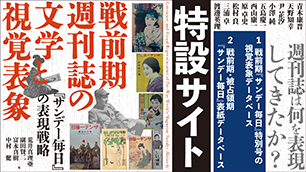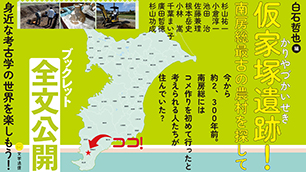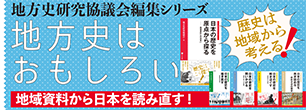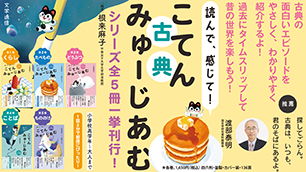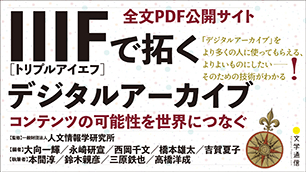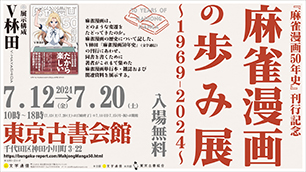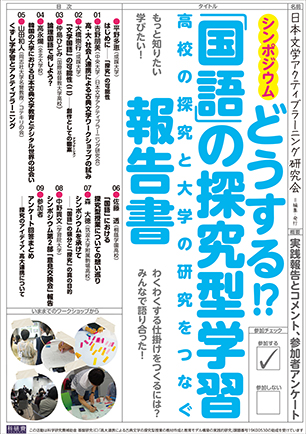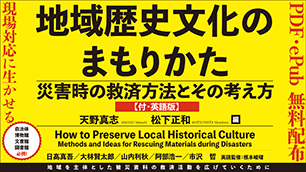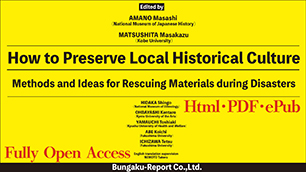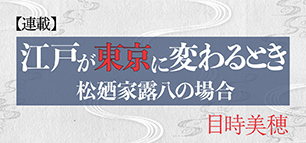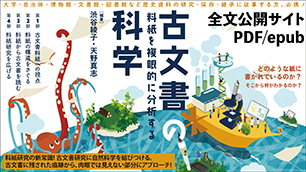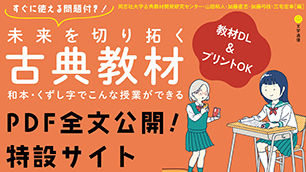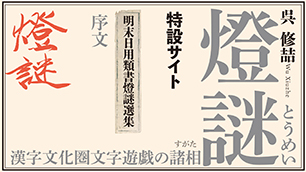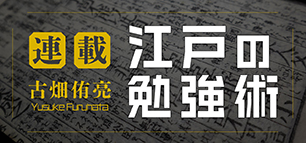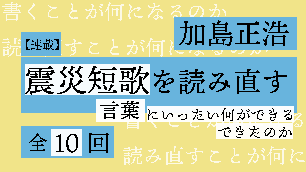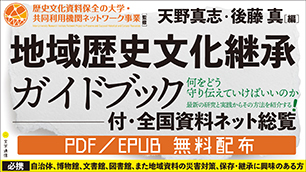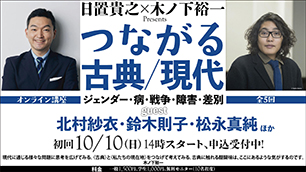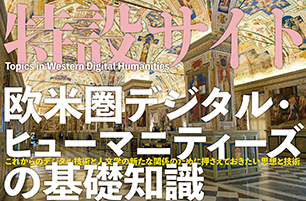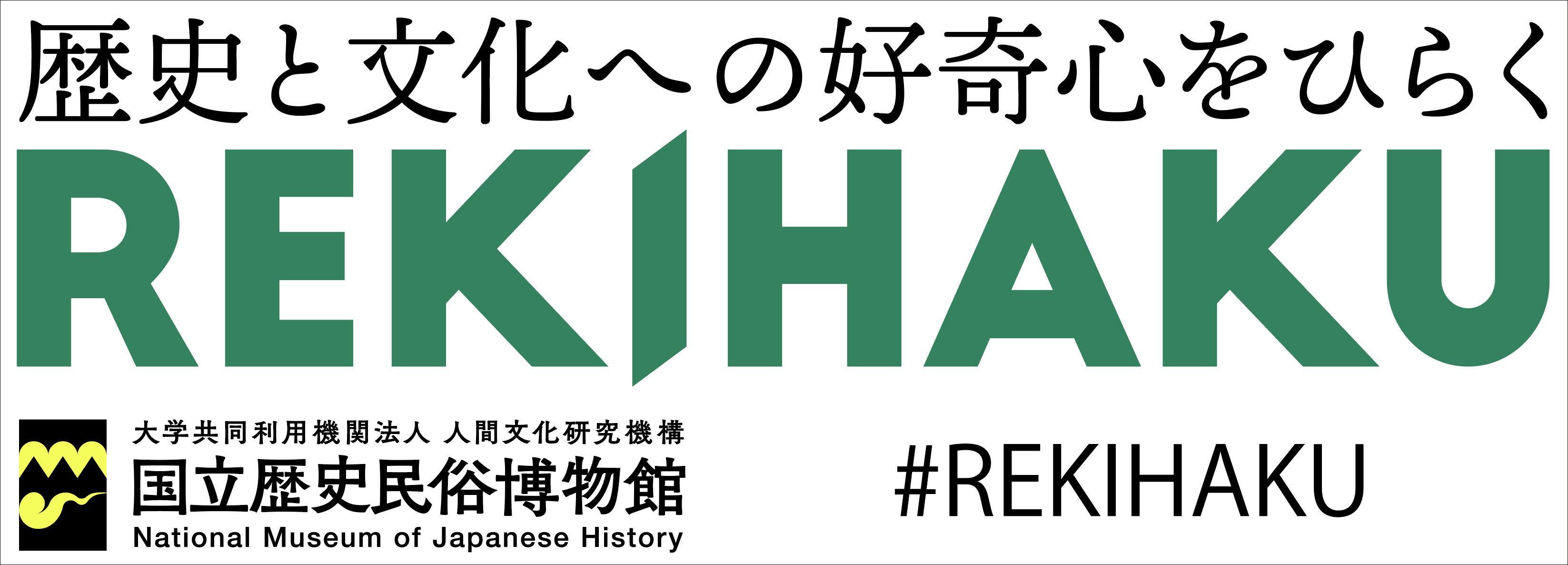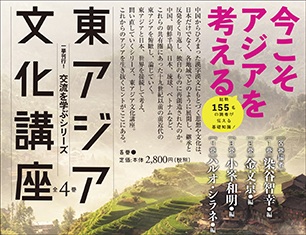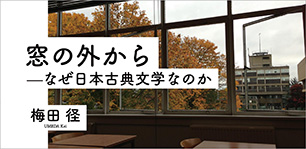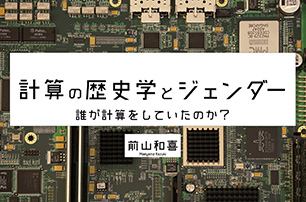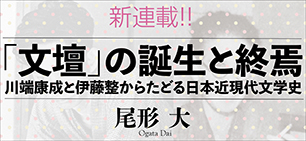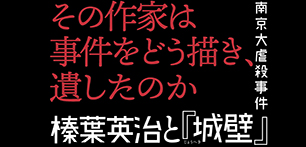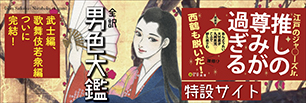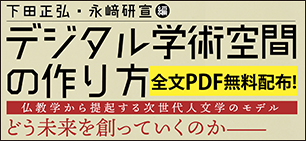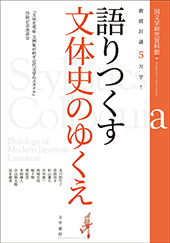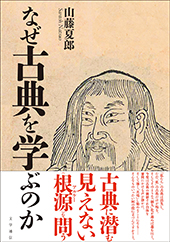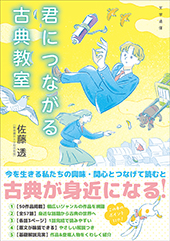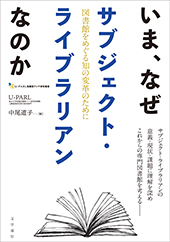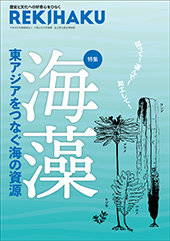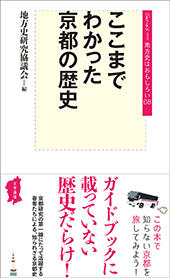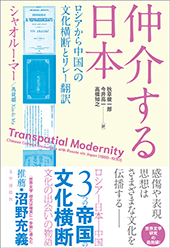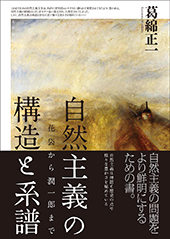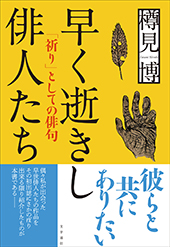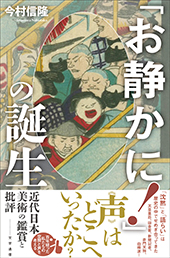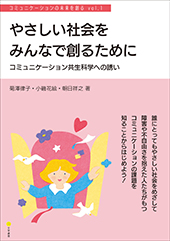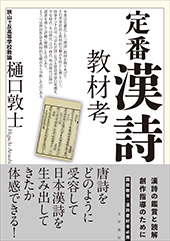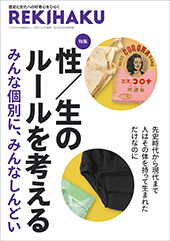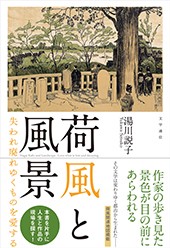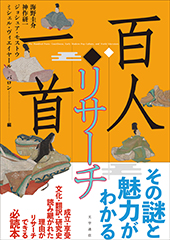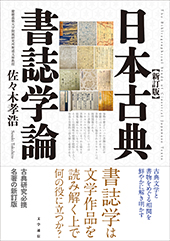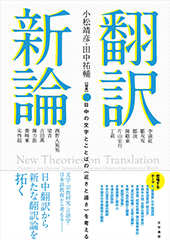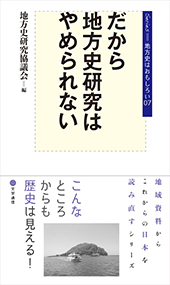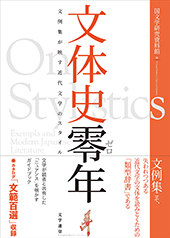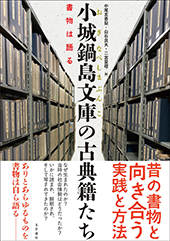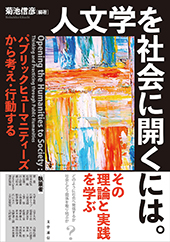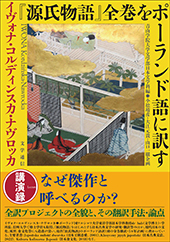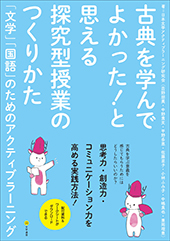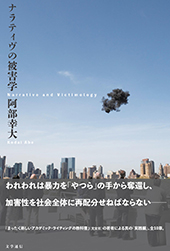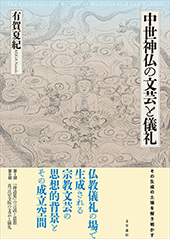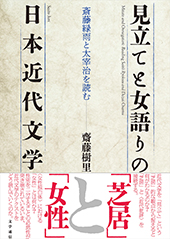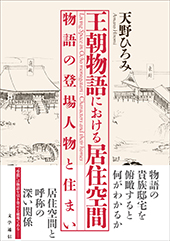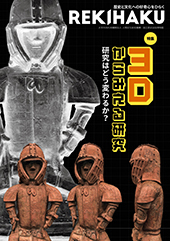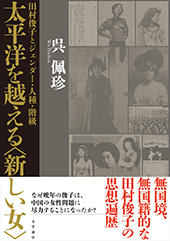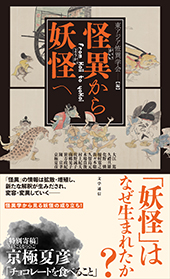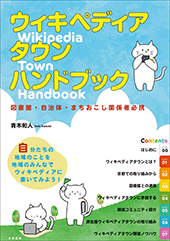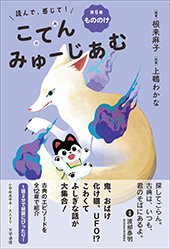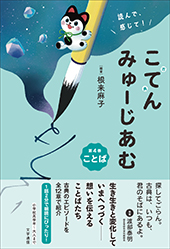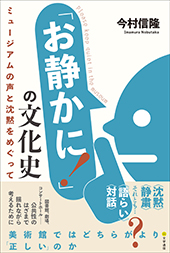Introduction / AMANO Masashi (National Museum of Japanese History)
Download PDF
Introduction
AMANO Masashi (National Museum of Japanese History)
■ How Can We Promote Material Rescue Activities Led by the Locals?
Disaster response is a critical issue in today's society, where natural disasters occur frequently. Natural disasters cause significant damage to human lives, their livelihoods, and various historical and cultural objects, requiring us to perform rescue activities for the damaged materials across Japan. Amidst the frequent occurrence of large-scale disasters, in which many areas are at risk of being damaged in the future, disaster response for the diverse historical and cultural materials handed down is being discussed. In particular, community-based activities to preserve and pass on historical culture, represented by the "Shiryo-Network" (Historical Materials Network) in each region, are actively involved in rescue activities for materials in a disaster. Within this context, handling materials damaged by water or due to other reasons which require unusual treatment has undergone trials and errors.
Many introductions and manuals on rescue techniques related to the response to disaster-damaged material rescue, from the Great Hanshin-Awaji Earthquake to the Great East Japan Earthquake up to the present day, have been presented. The outcomes of these disaster response experiences include detailed first aid methods, restoration techniques, and specific equipment. However, the damage varies greatly depending on the geographical situation and extent of the disaster, and the condition of the materials is not consistent. Therefore, to implement measures with past disaster response practices in mind, an approach based on specific practical examples is necessary. What should we consider when dealing with disaster-damaged materials, and under what objectives? Moreover, from what perspective should we observe them, and to what extent should we examine countermeasures? The methods to deal with damaged materials, examination of specific countermeasures, and selection of technology are important topics for promoting the material rescue activities led by the locals.
Bearing the above issues in mind, this book presents ideas for disaster prevention and risk reduction of local historical materials, including countermeasures from the finding of damaged materials to their temporary storage and emergency treatment, and tips for deciding what technique to choose for the rescue in anticipation of the disaster-stricken area. Along with the progress of disaster countermeasures, researchers have accumulated many case studies; while specific techniques gained across the country are available, we focused on the following two points in this book.
■ Organizing Purposes and Concepts of Disaster Response
First, we should organize the purposes and concepts of disaster response. As mentioned above, research has accumulated diverse case studies on historical material rescue; technology developments and manual formulations are in progress; the public has started recognizing disaster response as an important topic in efforts to preserve materials. However, while many detailed techniques are available, organizing information for practical use, such as which techniques are effective in which situations, to what extent we should apply them and for what purpose, is a major challenge. Experts in preservation and restoration techniques who handle the damaged materials are not always available. In Japan, it is not uncommon for municipality officials and the locals to take charge of the initial response, and various individuals often set the choice of technology and end goal. Thus, it is an urgent task to select the techniques from the vast amount of accumulated information and organize the points to be considered to take appropriate measures. In other words, the first objective of this publication is to organize material preservation as a disaster response from a practical perspective and to present ideas for setting specific work processes and goals to be achieved.
■ Organizing Purposes of Preparation and Discussion toward Disaster Response
Second, we need to organize the purposes of disaster preparation and discussion. Disaster response is one aspect of preserving and passing on materials. Although rescuing materials from a disaster site and saving them from extinction is a major objective in the preservation, for medium/long-term preservation and inheritance, in addition to the physical approach, we need to explore the materials' relationship with the people and society surrounding them. In recent years, the relationships of experts and expertise with civil society have attracted attention. In the venue of preservation and inheritance of materials, experts from various fields seek ways to engage in dialogue with the people at the site of material rescue and in the process of preservation and inheritance. This book focuses on the relationship between the people and communities surrounding the materials, and the challenge is to contemplate how we can utilize expertise in society through several initiatives practised during the process, from rescue to inheritance.
■ Hints for Practical Activities
This book has three parts. Part 1, "Prerequisites for Materials Rescue," introduces methods to collaborate with organizations and groups surrounding the community regarding communication and cooperation in a disaster. Part 2, "Approaches to Materials Rescue and Preservation," presents the goals and points to remember for preservation as an emergency response to rescue damaged materials, with the target being paper documents, photographs, folk implements, and artworks. Part 3, "Preparation for Materials Rescue," introduces the purposes of disaster preparation simulations and communication with the community. Seeking to utilize expertise and techniques and collaborate with diverse actors to ensure their survival, local communities promote local practices that introduce diverse "specialized knowledge" and "social knowledge" to inherit historical culture. How can we preserve and succeed community histories in today's disaster-prone society? We hope this project provides hints for practical activities for preserving and inheriting historical culture in each community.
To convey the events introduced in each chapter more extensively, we translated this book into English (this part). We planned this in anticipation of future discussions on how to use the efforts undertaken in Japan globally. We hope that this will assist international collaboration in materials preservation and inheritance.

